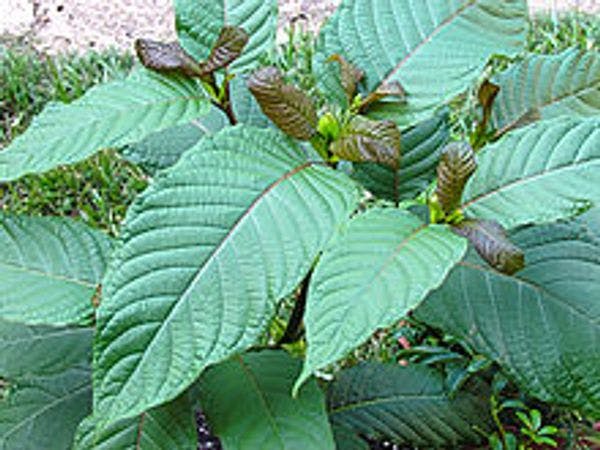From Kratom to mitragynine and its derivatives: Physiological and behavioural effects related to use, abuse, and addiction
Kratom (or Ketum) is a psychoactive plant preparation used in Southeast Asia. It is derived from the plant Mitragyna speciosa Korth. Kratom as well as its main alkaloid, mitragynine, currently spreads around the world. Thus, addiction potential and adverse health consequences are becoming an important issue for health authorities. Here we reviewed the available evidence and identified future research needs. It was found that mitragynine and M. speciosa preparations are systematically consumed with rather well defined instrumentalization goals, e.g. to enhance tolerance for hard work or as a substitute in the self-treatment of opiate addiction.
There is also evidence from experimental animal models supporting analgesic, muscle relaxant, anti-inflammatory as well as strong anorectic effects. In humans, regular consumption may escalate, lead to tolerance and may yield aversive withdrawal effects. Mitragynine and its derivatives actions in the central nervous system involve μ-opioid receptors, neuronal Ca2+ channels and descending monoaminergic projections. Altogether, available data currently suggest both, a therapeutic as well as an abuse potential.
Click here to read the full publication (Restricted access)
Keep up-to-date with drug policy developments by subscribing to the IDPC Monthly Alert.
